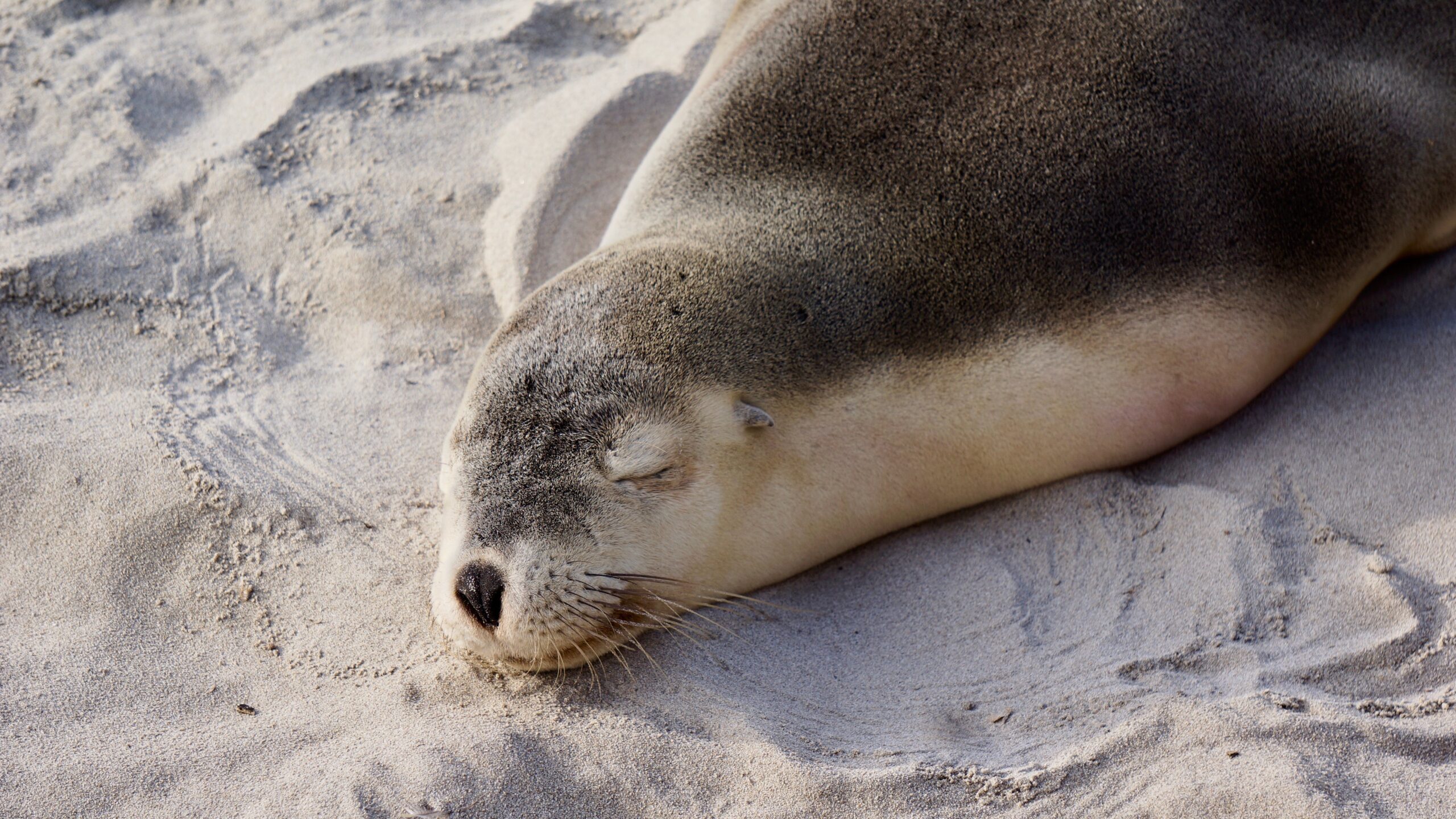Once standing on the brink of extinction due to extensive hunting, Antarctic fur seals staged a remarkable comeback. However, this triumph now faces a unique threat – a perilous decline driven by a scarcity of their oceanic pantry.
In the Antarctic realm, fur seals orchestrated a jaw-dropping resurgence from the brink of extinction due to relentless hunting. A population peak of approximately 3.5 million in 2009 marked a triumph, although notably less than earlier estimates. Yet, on the specific canvas of Bird Island in South Georgia, where seals reside, a captivating and concerning plot unfolded.
Scientists from the British Antarctic Survey (BAS) embarked on a mission of discovery, unraveling the enigma of fur seals. The narrative, rich with highs and lows, tells of an impressive resurgence after hunting bans in the twentieth century. However, the twenty-first century introduces a new antagonist—fluctuating krill abundance in the Southern Ocean, posing a renewed threat to these iconic creatures.
Jaume Forcada, the lead scientist from BAS, casts light on this ecological drama: “The population has recovered very impressively throughout the twentieth century when seal hunting was banned. But twenty-first-century changes to the abundance of krill in the Southern Ocean are now threatening these iconic animals all over again.”
From the fur seal’s historical saga of being prized and hunted, conservation efforts and favorable conditions fueled a rapid recovery by the early 1900s. By 2000, estimates of 4.5 million to 6.2 million seals graced South Georgia. However, a reassessment of this data challenges the accuracy of these numbers, adding a layer of complexity to understanding their present situation.
Counting seals, it turns out, isn’t as straightforward as it may seem. The traditional approach, surveying breeding beaches, may overstate numbers due to the delayed breeding of a significant male population. The revised estimate of 3.5 million fur seals comes from innovative helicopter surveys and refined assessment methods during 2007-2009.
The spotlight then shifts to Bird Island, a well-studied haven for seals. A once-celebrated recovery now reveals a disconcerting downturn, with a 7% annual decline since the population peak in 2009. Initial analysis suggests a correlation between rising sea temperatures, attributed to climate change, and the seal population decline, hinting at a potential loss of krill—the lifeblood of these seals.
Fur seals, with their distinct sensitivity to krill availability, serve as nature’s storytellers, reflecting the health of the ecosystem. The tale doesn’t end here; it prompts a call for deeper research to unravel why krill around Bird Island is dwindling and to fathom the broader implications across the Southern Ocean.
